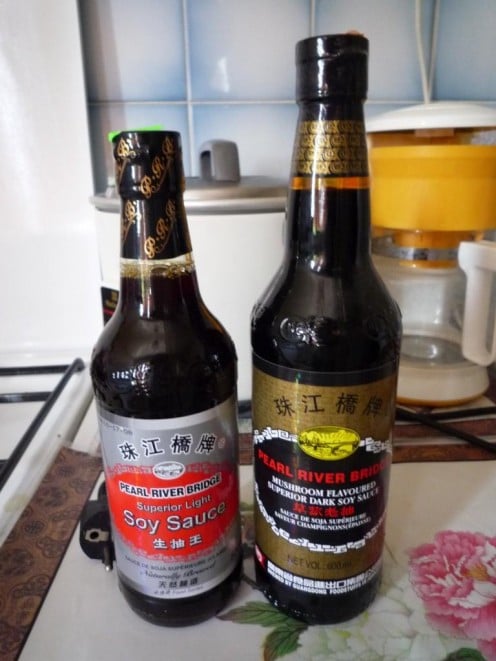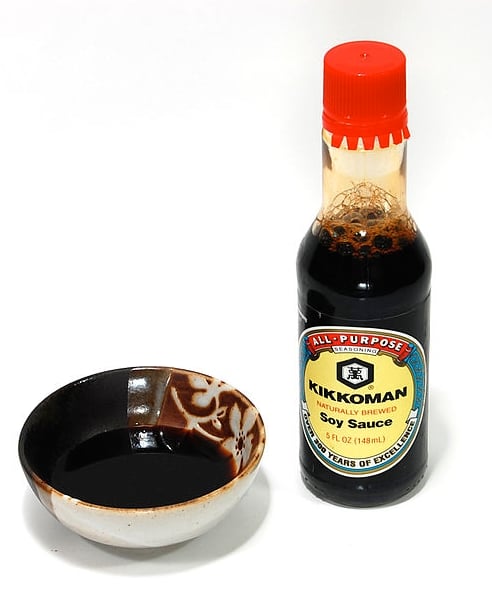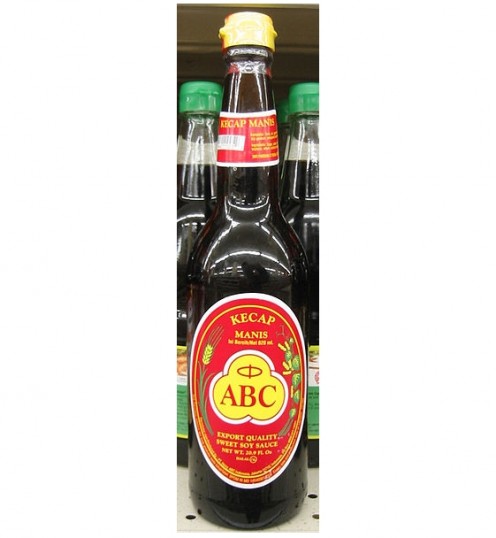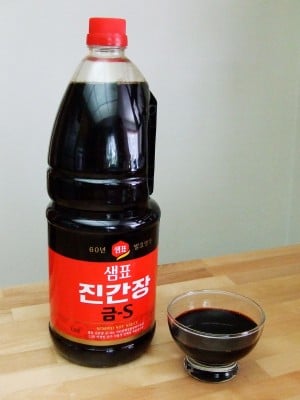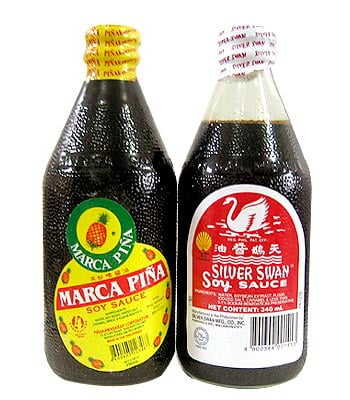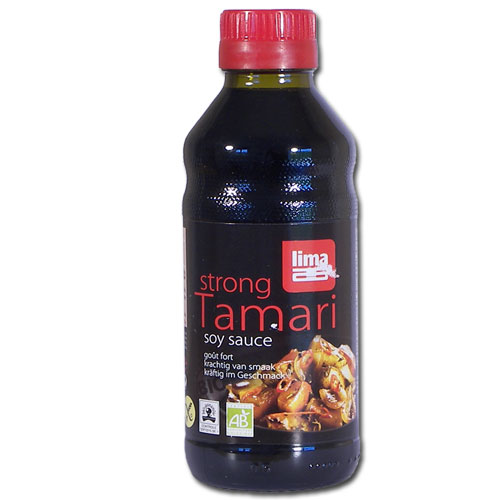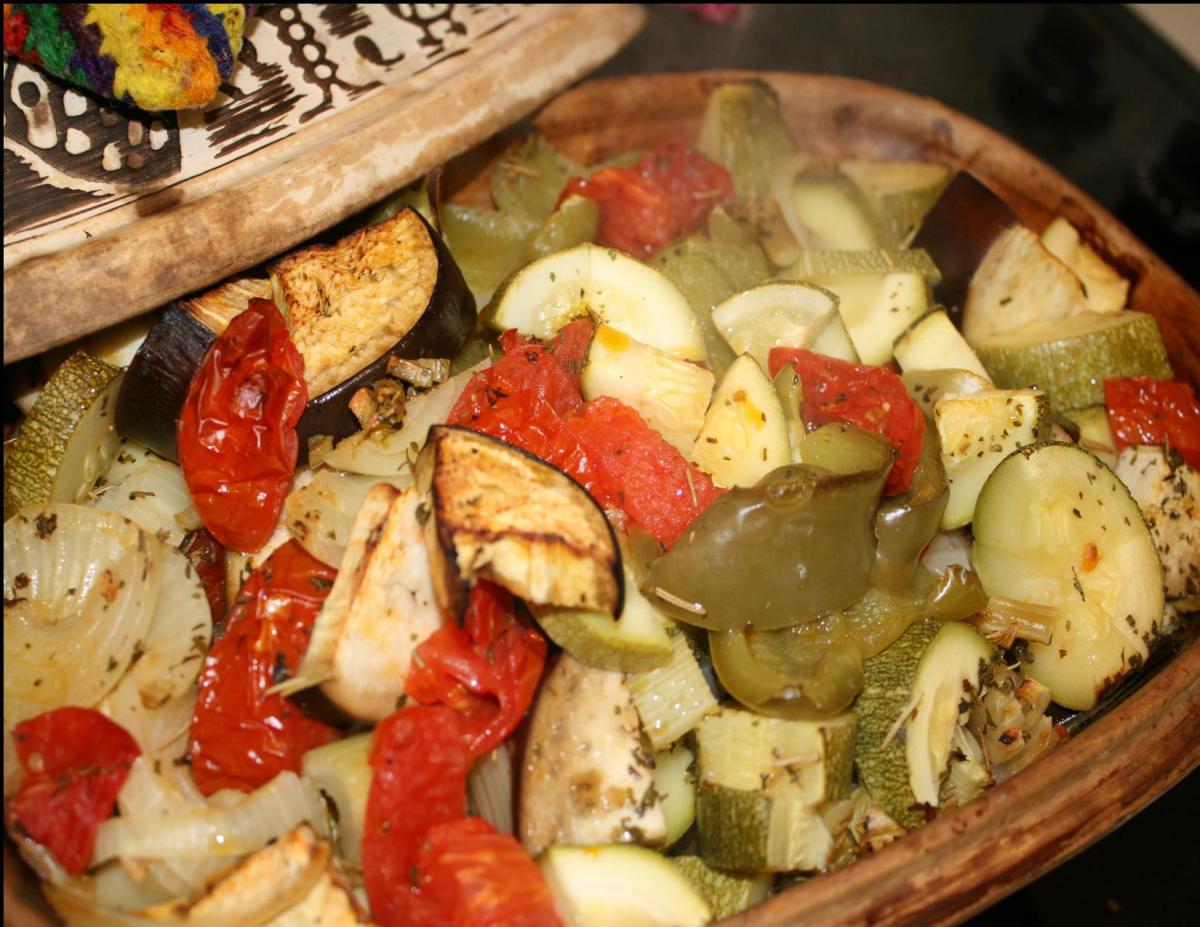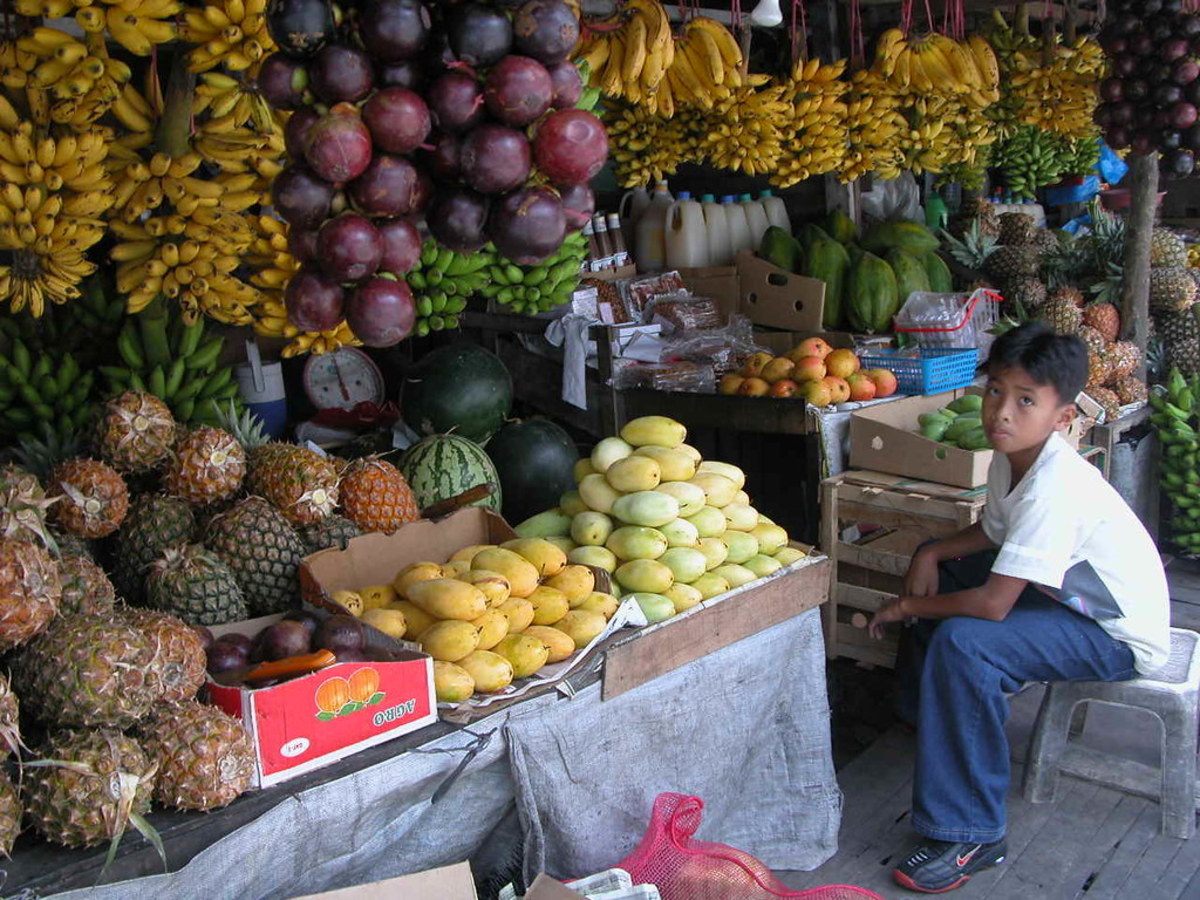Soy Sauce - Recipe Ingredient and Condiment
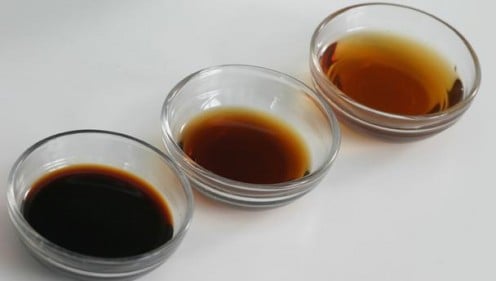
Soy sauce (also known as soya sauce) is believed to have originated in China. Soy sauce originally came in paste form and eventually developed into the liquid soy sauce that we know today. Soy sauce can be used as an ingredient for your favorite recipe for more flavor other than salt, or as a condiment or dipping sauce.
Soy sauce is made from fermented soy beans mixed with roasted grain (usually wheat, rice or barley), water and salt.
Soy sauce is made either by fermentation or by hydrolysis. The traditional process of making soy sauce is by fermentation, which could take several months. Today, the hydrolysis process is often used in making soy sauce. Hydrolysis is a chemical process that artificially breaks down the soy proteins and allows to decrease the time of brewing from several months to 2-3 days.
Although the hydrolysis process is a much faster method of making soy sauce, soy sauce that is brewed naturally has more aromatic savory flavor. Soy sauce made by the faster process of hydrolysis is lacking in savory flavor.
The rectangular packets of soy sauce that we get when we order Chinese food, are made using hydrolysis. This type of soy sauce is what the Western World is accustomed to.
Soy sauce is an essential ingredient in Chinese, Japanese and Asian cuisines. Rather than salt, a Chinese, Japanese and Asian recipe would ask for soy sauce as ingredient. Soy sauce is also often used as condiment for added flavor to regular dish or as a dipping sauce.
There are three basic kinds of soy sauce:
- Light soy sauce is the least aged and the one most often used in cooking. So whenever a recipe calls for soy sauce, this is the one to use.
- Dark soy sauce, slightly thicker and longer-aged than the lighter version, is preferred for dipping and braising.
- Sweet soy sauce is made from fermenting soybean and sugar cane.
Aside from the basic light, dark and sweet soy sauce, there are special flavored ones like mushroom soy sauce and shrimp soy sauce, which are infused with mushroom and shrimp flavor, respectively. These can be found in Chinese or Asian markets.
For people with gluten intolerance, you can enjoy the tangy flavor of tamari soy sauce from the miso fermentation process. True tamari soy sauce is fermented without any gluten. Please check the label carefully.
All varieties of soy sauce are salty, earthy, brownish liquids intended to season food while cooking or at the table.
There are so many brands of soy sauce in the market these days. To choose the best soy sauce to be used as an ingredient in your cooking or as a condiment, it is recommended that you experiment with different brands, and choose the one that suits your taste.
Soy sauce keeps indefinitely, even when stored at room temperature.
------------------------------------------------ ♥♥♥ ------------------------------------------------
If you like this article, will you please let the writer know and/or share this article with your friends. Comments are greatly appreciated.
------------------------------------------------ ♥♥♥ ------------------------------------------------
Soy Sauce for Recipe Ingredient and Condiment
